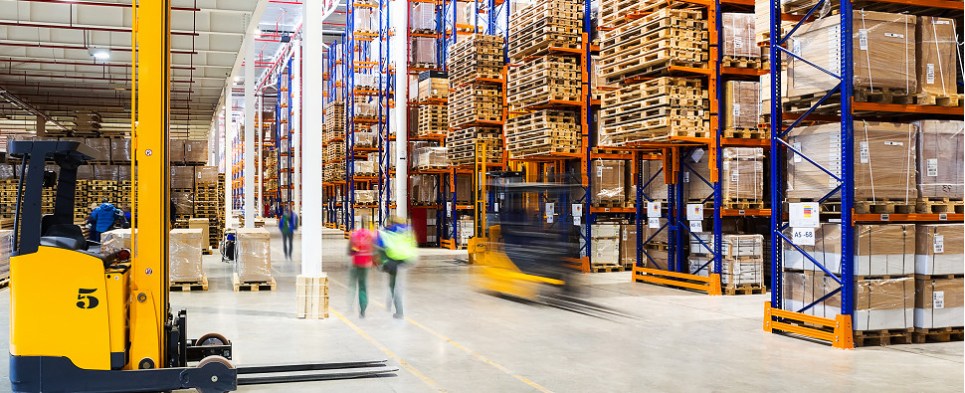Transportation and Logistics Companies Can Achieve Profitable Growth
Many transportation and logistics (T&L) companies need to refine their current business models to capitalize on opportunities in industry segments that are attractive in terms of both growth and returns, according to a new report by The Boston Consulting Group (BCG).
The report, titled “Transportation and Logistics in a Changing World: The Journey Back to Profitable Growth,” shows that some T&L companies have succeeded in combining strong growth with high returns, while for many others this has been an elusive goal. To understand what sets apart the top performers, BCG conducted an industry-level analysis of critical performance metrics and complemented it with detailed analyses of business segments and individual companies.
“We found that top-performing companies set themselves apart in two ways,” said Jens Riedl, a Munich-based partner at BCG and coauthor of the report. “First, they understand the success factors and related best practices that are critical to maximizing their profits in the market today. Second, to maintain their competitive advantage, they proactively position themselves to capture opportunities arising from the megatrends reshaping the global economy—such as urbanization and digitization.”
Strong Growth but Returns Lag
“Despite T&L’s growth in recent years, our industry-level analysis found comparatively low returns, measured in terms of return on capital employed (ROCE) and total shareholder return (TSR),” said Hady Farag, a New York-based principal at BCG and coauthor of the report.
The ROCE for T&L from 2011 through 2015 was 10.1 percent, falling short of the industry’s weighted average cost of capital of 10.3 percent. Given its low ROCE, the T&L industry did not reward its shareholders with high returns. During the five-year period from 2011 through 2015, the T&L industry ranked seventheenth for annual TSR among the industries BCG studied.
Performance has varied widely at the level of T&L business segments. Combining the perspectives of growth and return on assets (ROA), the study found that the most attractive segments are logistics advisors, CEP (courier, express, and parcels) delivery, hinterland terminals, and, to a lesser extent, rail transportation (outside of Europe). All other segments do not earn the cost of capital. The segments facing the most intense challenges in terms of both growth and ROA include sea and air transport and postal delivery.
Challenging market conditions only partially explain why profits did not keep pace with revenue growth, according to the report. For many T&L players, organic growth strategies aimed at gaining market share in new regions and in new business segments failed to deliver profitability. In some instances, companies accelerated growth through acquisitions, but these inorganic strategies also failed to realize the anticipated profit growth—often because the companies did not adequately integrate the acquired businesses into their operations and networks.
Capitalizing on the Near- and Long-Term Opportunities
“To achieve profitable growth in the near term, companies in all T&L segments will need to adapt their traditional business models to the changing market environment,” said Riedl.
Companies across all segments should design lean organization and governance structures to improve efficiency and seek to differentiate themselves through advanced IT and digital capabilities, HR excellence, dynamic value pricing, and balanced business portfolios. The report highlights success factors in road transportation (the largest segment), freight forwarding (two segments with relatively high ROA), and contract logistics (a segment with high growth).
To capture long-term opportunities, T&L companies also need to prepare for six key megatrends that are changing their industry: the rapid development of emerging markets, urbanization, sustainability, infrastructure congestion and scarcity, ecommerce, and digitization. These trends affect T&L segments in different ways. Some segments will encounter headwinds—for example, road transport players will face margin pressure arising from new digital platforms and the need to meet sustainability objectives—while other segments will gain advantages: for example, freight forwarding and contract logistics stand to benefit from ecommerce.
“Leading players will recognize how the trends are affecting their segments and be ready to react faster and more decisively than their competitors,” said Riedl. “Regardless of their industry segment, all T&L companies can benefit from opportunities to combine strong growth with high returns. The winners will be distinguished by their ability to understand and implement the practices that foster high performance in today’s market conditions as well as in tomorrow’s transformed business environment.”





Leave a Reply